Leukemia is no longer just a word that spells dread, thanks to breakthroughs in targeted therapy. Unlike the old days of generalized chemotherapy, targeted therapy dives straight into the heart of cancer cells, leaving more of the healthy cells untouched. Basically, it's like having a well-aimed sniper instead of a bomb.
Imagine you’re dealing with a mischievous raccoon raiding your garbage bins. Traditional chemotherapy would be akin to dismantling the whole bin area to catch the critter. On the other hand, targeted therapy would be like setting up a specialized raccoon trap, designed just for that rascal. The key? Precision.
So, what's happening inside the lab? Scientists are learning to identify and exploit specific genetic markers in cancer cells. These little quirks in the cancer’s DNA can be used against it, like finding a chink in its armor. It all sounds pretty sci-fi, but this is the present reality for leukemia treatment.
- Understanding Targeted Therapy
- How Targeted Therapy Works
- Targeted Therapy vs Traditional Treatments
- Benefits and Challenges
- Current Developments in Targeted Drugs
- Future of Leukemia Treatment
Understanding Targeted Therapy
At its core, targeted therapy isn't just a buzzword but a transformative approach in leukemia care. This innovative treatment homes in on specific proteins or genes in cancer cells responsible for the disease's growth and spread. By doing so, it aims to curb the progression of leukemia with precision and minimal impact on normal cells.
So, how does it play out practically? Traditional treatments like chemotherapy attack rapidly dividing cells, without distinguishing between cancerous and healthy ones. This is where targeted therapy shines, focusing solely on the abnormalities that make the cancer cells misbehave in the first place.
How It Works
The working principle behind these targeted treatments is the identification of unique biomarkers or genetic alterations in cancer cells. Researchers develop drugs that interact with these specific markers to either block their ability to proliferate or directly induce cell death.
Imagine being able to pick a lock with a set of keys—targeted therapy acts like the master key, unlocking only the doors of cancer cells while leaving the others untouched. An example includes Tyrosine kinase inhibitors (TKIs) which are commonly used in leukemia to target BCR-ABL, a fusion protein driving chronic myeloid leukemia (CML).
Types of Targeted Therapy
- Monoclonal antibodies: These are lab-made proteins designed to attach to specific targets on cancer cells.
- Tyrosine kinase inhibitors: Small molecules that block chemical signals responsible for cell growth.
- Proteasome inhibitors: These block cell proteasomes, which are enzyme complexes that help break down unwanted proteins needed for cancer cell survival.
These methods showcase that not all leukemia treatments are created equal, and choosing the right one can make a massive difference.
Real-World Impact
Numbers speak louder than words. According to a study conducted by the American Cancer Society, targeted therapies have improved the survival rates for certain types of leukemia by a notable margin.
| Leukemia Type | 5-Year Survival Rate with Targeted Therapy |
|---|---|
| Chronic Myeloid Leukemia (CML) | 80%+ |
| Chronic Lymphocytic Leukemia (CLL) | Approximately 87% |
These stats highlight why more patients and doctors are turning to these innovative solutions. They provide a glimpse into a future where cancer treatment is more about finesse than force.
How Targeted Therapy Works
Alright, let’s break this down. At its core, targeted therapy homes in on specific changes in cancer cells that help them grow and thrive. These changes are usually genetic — tiny mutations or abnormalities that allow leukemia cells to multiply recklessly.
Identifying Cancer's Weak Spots
Doctors look for these genetic markers through diagnostic tests. It's a bit like DNA detective work. Once the target is identified, researchers develop drugs to specifically attack that target. Think of it like finding the spell book that turns Dracula into a bat – it hits where it really hurts!
- Monoclonal Antibodies: These are special proteins designed to bind to specific proteins on the surface of cancer cells. By sticking to these proteins, they can alert the immune system to destroy the cancerous invaders.
- Tyrosine Kinase Inhibitors: A bit of a mouthful, but these are the unsung heroes blocking signals that tell leukemia cells to keep dividing. They're especially useful against chronic myeloid leukemia (CML).
Precision and Fewer Side Effects
Compared to the blunderbuss approach of chemo, targeted therapy means precision. That means the treatment can potentially spare more of the patient’s healthy cells, leading to fewer common side effects like hair loss or nausea. It's not just about survival rates; it's also about thriving while undergoing treatment.
Success Stories and Challenges
The success stories are promising, but it’s not all sunshine and rainbows. Not all types of leukemia have clearly identifiable targets. Plus, cancer cells may become resistant to targeted drugs, which means research is an ongoing battle.
Here's a quick look at some impressive stats:
| Type | Response Rate |
|---|---|
| Chronic Myeloid Leukemia (CML) | More than 90% with TKIs |
| Acute Promyelocytic Leukemia (APL) | Around 90% remission with targeted agents |
Even with these bumps in the road, targeted therapy represents a massive leap forward in cancer treatment, offering hope and new possibilities for those battling leukemia.
Targeted Therapy vs Traditional Treatments
When comparing targeted therapy to traditional treatments like chemotherapy, the differences are pretty significant. While chemotherapy works by attacking rapidly dividing cells throughout the body, it doesn't distinguish between cancerous and non-cancerous cells. That's why many people undergoing chemo experience side effects like hair loss and nausea.
Now, enter targeted therapy. Imagine it as a heat-seeking missile zeroing in on the cancer cells. It identifies specific proteins or genes that are unique to the cancer, going in for the kill while sparing most healthy cells. This means potentially fewer side effects and, often, a better quality of life during treatment.
Understanding the Mechanisms
Traditional treatments are like using a hammer to catch a fly - effective, but not very elegant. Chemotherapy targets all fast-dividing cells, which isn't always efficient. Meanwhile, targeted therapies are designed to interact specifically with molecules and pathways crucial for the growth of cancer cells.
Side Effects and Comfort
In the land of cancer treatment, side effects are a big deal. With targeted therapy, patients often face fewer and less severe side effects. For instance, instead of dealing with the harshness of a blanket treatment like chemo, patients may experience milder effects like diarrhea or skin rashes.
Efficiency and Success Rates
Both treatments have their roles, but research often shows targeted therapies can be more effective in certain types of leukemia. Since targeted treatments address specific genetic mutations, they sometimes work when standard chemotherapy does not.
The Evolution in Numbers
Survival rates and the effectiveness of these treatments can vary based on many factors like the type of leukemia and specific genetic mutations. A hypothetical study found that targeted therapy improved remission rates by 30% over standard treatments in a certain subtype of leukemia.

Benefits and Challenges
With targeted therapy, we ain't talking about the usual one-size-fits-all approach. This is precision medicine at its best, and it's changing the way leukemia is treated. So, let's break down what's awesome about it and what hurdles still need jumping.
Benefits of Targeted Therapy
First off, one of the biggest advantages is cutting down those side effects. Unlike what we see with traditional chemo, targeted therapies focus mainly on the cancer cells, meaning less collateral damage to the rest of your body. Fewer bouts of nausea, fatigue, and hair loss can make a world of difference for anyone fighting leukemia.
Another major perk? Better match-making. These therapies can be tailored to an individual's specific cancer type. Doctors check out genetic info and decide the best targeted treatment, doing a better job than just guessing and hoping for the best.
Let's not forget that targeted therapy often means a better quality of life during treatment. That matters because fighting cancer can be exhausting, and lessening the burden can help patients focus on healing.
Challenges of Targeted Therapy
Now, while it sounds like a dream ticket, there are definitely some bumps on this road. For starters, targeted therapies can get a bit when it comes to cost. Yep, precision doesn't come cheap—these drugs can be more expensive than traditional meds, which can be a financial burden.
Another thing? Cancer cells are clever little buggers. Sometimes they outsmart the therapy, finding ways to resist or adapt. It's a constant battle with science needing to stay on its toes. Researchers are working around the clock, trying to keep ahead of these pesky mutations.
Finally, not every type of leukemia has a matching targeted therapy yet. Some types are still out there waiting for that breakthrough drug. So, while there's hope, patience is key until more options are developed.
Quick Stats
| Aspect | Traditional | Targeted Therapy |
|---|---|---|
| Side Effects | Severe | Mild |
| Precision | Low | High |
| Cost | Moderate | High |
It's clear that targeted therapy in leukemia treatment offers much promise. While it isn't perfect, it's a step forward, a bright spot on the horizon for patients and families alike.
Current Developments in Targeted Drugs
The landscape of targeted therapy for leukemia is shifting fast, with new drugs emerging that bring fresh hope to patients. Let's break down what's bubbling to the surface in this innovative field.
CAR-T Cell Therapy
Heard of this one? CAR-T cell therapy is creating waves, especially for certain types of leukemia. This technique involves altering a patient's T-cells, effectively turning them into cancer-fighting ninjas. They zero in on leukemia cells like they have a personal vendetta. It's a meticulous process but has shown impressive results in clinical trials, particularly for patients who’ve run out of other options.
BTK Inhibitors
BTK inhibitors are another exciting development. These drugs target the Bruton's tyrosine kinase (BTK) protein that's essential for the growth and survival of leukemia cells. By blocking this enzyme, BTK inhibitors can effectively cut off the food supply to the cancer cells, leading to their demise.
Precision Medicine in Action
With the rise of genomic profiling, treatments are getting more personalized. Precision medicine means doctors can now tailor targeted drugs based on a patient's specific cancer makeup. It's like designing a suit that fits just right, ensuring the treatment is as effective as possible.
Interesting Stats
Here's a glimpse of what's happening in the lab:
| Year | Number of New Targeted Drugs |
|---|---|
| 2023 | 5 |
| 2024 | 8 |
| 2025 | Projected 10+ |
This growth means more options for patients, moving us towards a future where leukemia treatment might one day be more like a chronic disease management program rather than a life-threatening diagnosis.
So, while we're not waving a magic wand to cure leukemia just yet, these targeted drugs offer a beacon of hope. Patients and families are getting more time and better quality of life—all thanks to the dedicated work of researchers worldwide.
Future of Leukemia Treatment
So, what’s next on the horizon for leukemia treatment? We’re looking at a future where the one-size-fits-all approach might become a relic of the past. Personalized medicine is the buzz, and it’s here to save the day.
Precision Medicine Taking the Lead
With advances in gene sequencing, doctors can now predict how a patient might respond to particular treatments. It's like having a map before entering unfamiliar territory. The idea is to tailor treatments specific to each person's genetic make-up, reducing trial and error. If you've ever felt like you're in a medical guessing game, this is a promising shift.
Immunotherapy in the Spotlight
Immunotherapy, which involves harnessing the body’s immune system to fight cancer, is becoming a significant talk. It’s not just a back-up plan anymore. For some forms of leukemia, it’s transforming into the go-to option. Scientists are working on concoctions that stimulate the immune system with fewer side effects, which is always good news.
Dealing with Resistance
Resistance to treatment is a challenge in cancer treatment, including leukemia. Researchers are piecing together the puzzle of why this resistance happens. By tweaking existing drugs or mixing them in smart combinations, they’re aiming to overcome this hurdle. It’s like trying to break a seemingly unsolvable math problem—only this one has real stakes.
Emerging Technologies
Cell and gene therapies are also coming in hot. One exciting development is CAR-T-cell therapy, where T-cells (a type of white blood cell) are modified to better attack cancer cells. It’s still in its infancy for some leukemia types, but early results are promising.
| Year | Projected Development |
|---|---|
| 2025 | Expanded use of genetic profiling in treatment |
| 2028 | Refined immunotherapy options |
| 2030 | Introduction of CAR-T therapies for broader leukemia types |
While we aren’t waving a magic wand yet, the future of leukemia treatment is looking bright. Each breakthrough brings fresh hope, and makes the reality of living with leukemia a little less daunting.

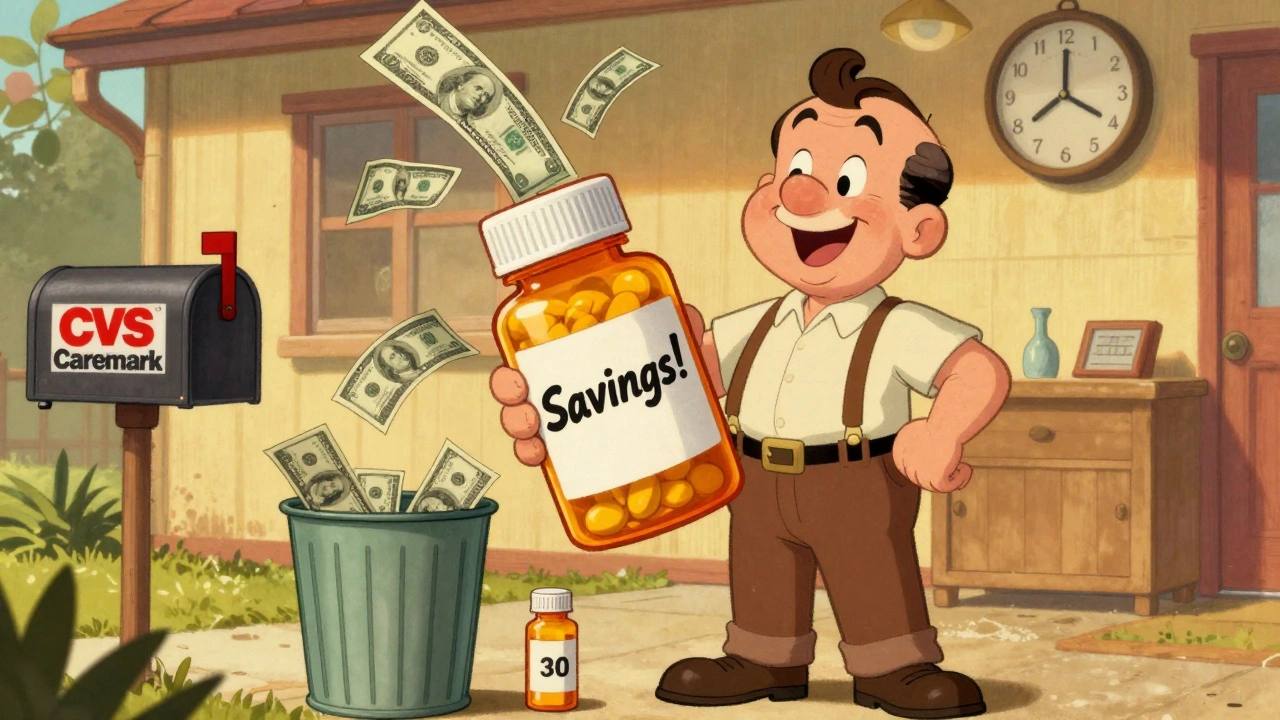
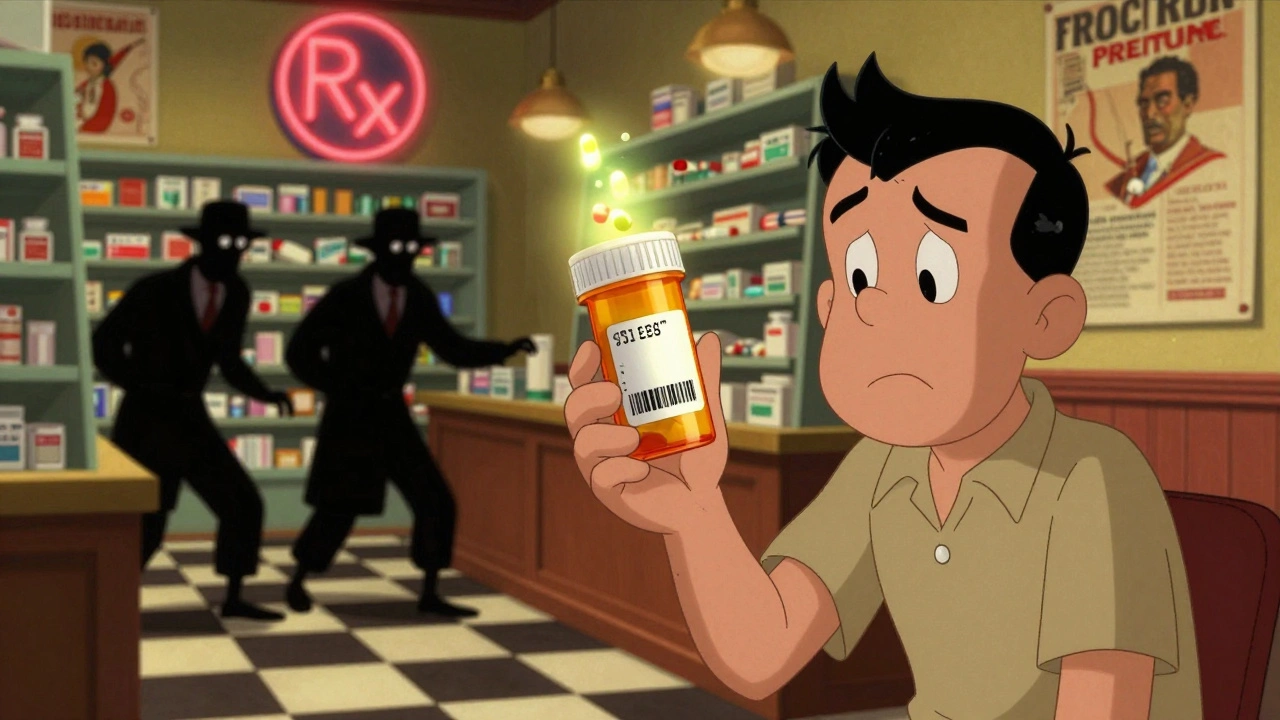
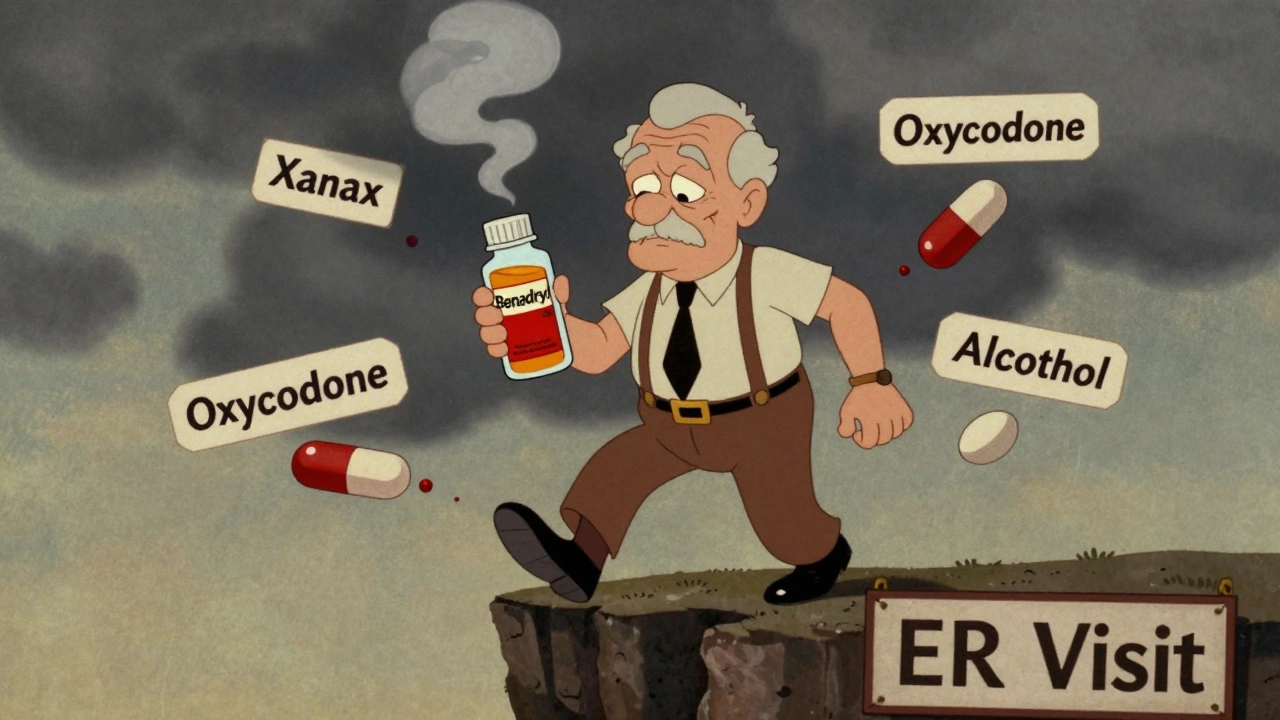
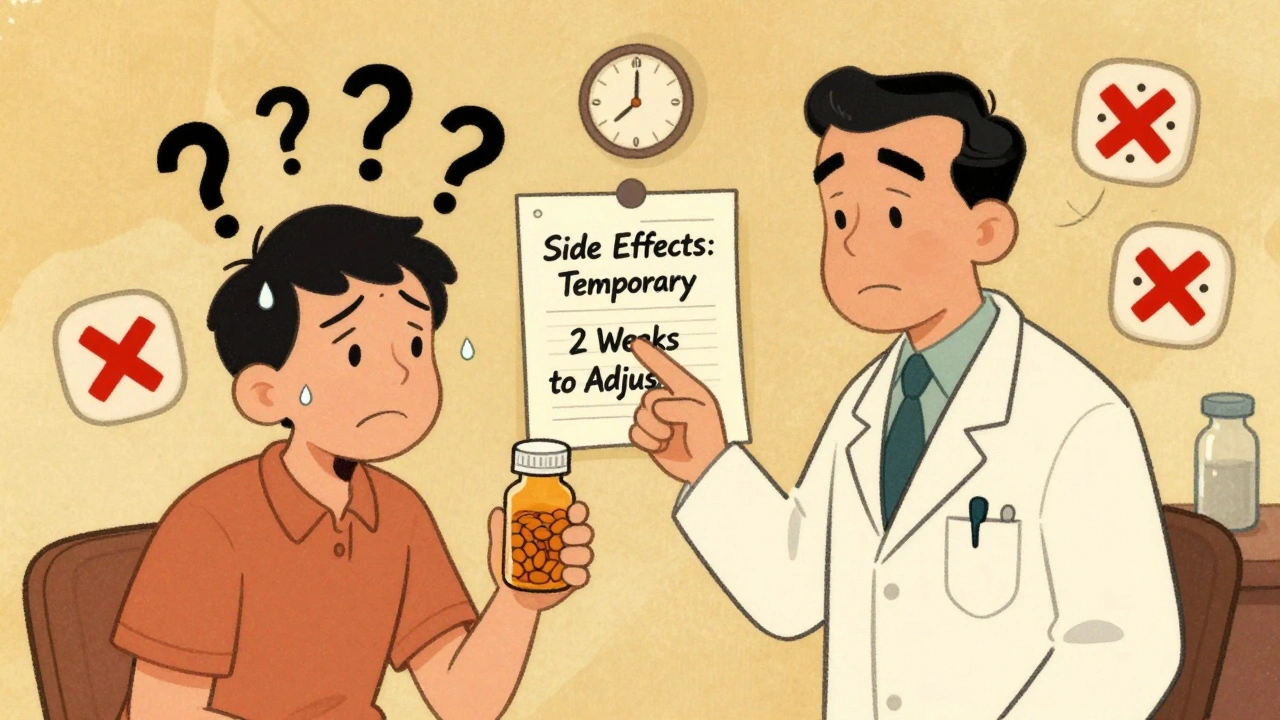
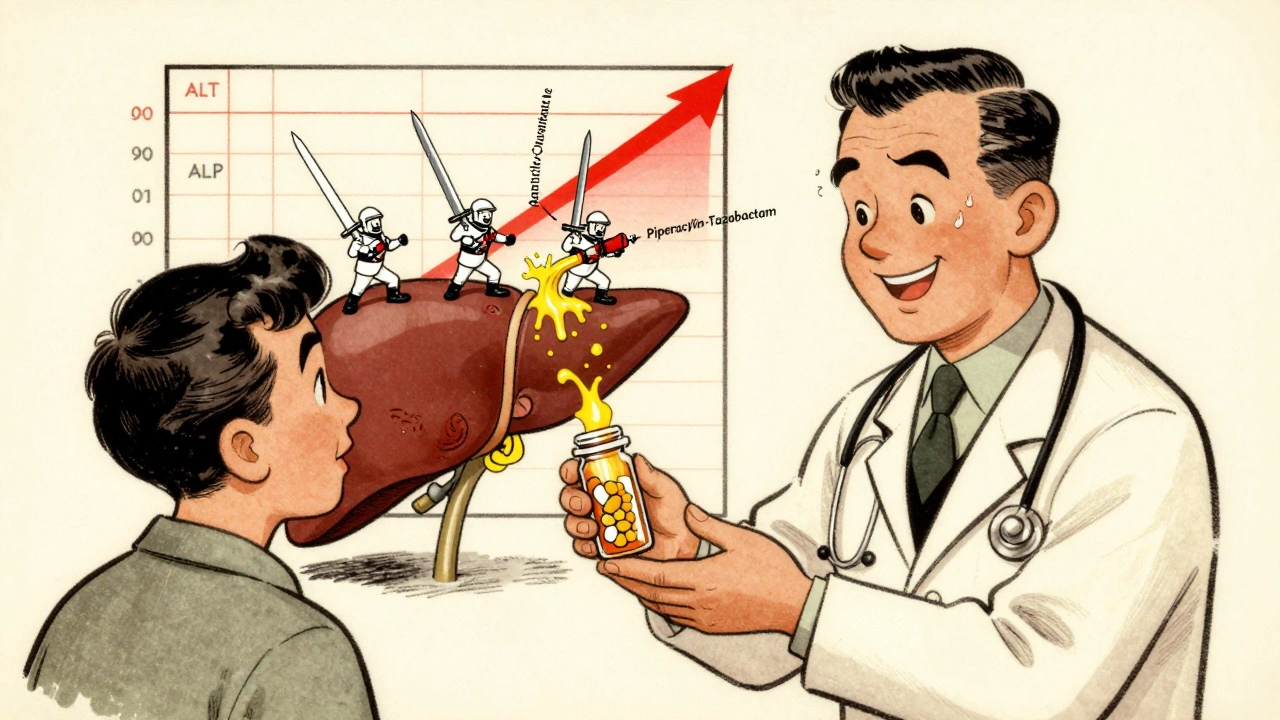
Vishnupriya Srivastava
February 13, 2025 AT 12:56Targeted therapy sounds great on paper but let’s be real - most patients can’t even get access to these drugs. Insurance won’t cover it, and in places like India, it’s a luxury few can afford. The stats look pretty, but they’re skewed by Western healthcare systems.
Matt Renner
February 14, 2025 AT 10:19While the clinical data supporting targeted therapies in leukemia is robust, particularly for CML and CLL, it is imperative to acknowledge the heterogeneity of molecular profiles across patient populations. The efficacy of tyrosine kinase inhibitors, for instance, is contingent upon the presence of specific genomic aberrations such as BCR-ABL1 fusion transcripts. Without comprehensive genomic profiling, therapeutic selection remains suboptimal.
Ramesh Deepan
February 15, 2025 AT 03:11Man, I’ve seen this firsthand. My cousin was diagnosed with CML five years ago. Chemo was killing him - vomiting, no hair, barely able to stand. Then they switched to a TKI. He’s working, traveling, even coaching his kid’s soccer team now. This isn’t just science - it’s life.
Wayne Rendall
February 15, 2025 AT 21:50The comparison between targeted therapy and conventional chemotherapy is both apt and instructive. The sniper analogy, while vivid, underserves the sophistication of modern pharmacodynamics. Targeted agents do not merely ‘hit’ a target; they modulate signaling pathways with exquisite specificity, often altering the tumor microenvironment beyond direct cytotoxicity.
Ifeoluwa James Falola
February 16, 2025 AT 15:08Good progress. But cost and access still big problems.
Adam Phillips
February 17, 2025 AT 04:45so like… if the cancer has a weakness then we just poke it with a magic stick and boom no more cancer right? why dont we just do that for all cancers? also why is it so expensive if its just a molecular key? like… is the key made of gold or something
Julie Lamb
February 17, 2025 AT 10:48This gives me so much hope 😭 My aunt just started on a new targeted drug and she’s smiling again. Not just surviving - living. Thank you to every scientist who worked on this 💪❤️
april kakoske
February 18, 2025 AT 05:59targeted therapy is cool but what about the people who dont have the right mutation? like… are they just out of luck? also why does it feel like we’re playing whack-a-mole with cancer cells?
Pradeep Meena
February 18, 2025 AT 09:27Why do we let foreigners patent these drugs? In India we have the brains to make this ourselves. Why are we paying 10x more for something we could produce? This is exploitation disguised as science.
Jules Tompkins
February 18, 2025 AT 15:19Imagine if your body was a video game and cancer was the final boss. Chemo is like smashing the whole console with a hammer. Targeted therapy? You find the cheat code and type it in. ONE. HIT. KILL. 🤯
Sabrina Bergas
February 19, 2025 AT 04:21Let’s be honest - this is all just corporate marketing dressed up as medicine. They call it ‘targeted’ so they can charge $15,000 a month. Meanwhile, we’re still using 1970s chemo in public hospitals because ‘budget constraints.’ Wake up people.
Melvin Thoede
February 19, 2025 AT 18:51Every time I hear about a breakthrough like this I get chills. People are living longer, better lives because of this. To the researchers - you’re heroes. To the patients - keep fighting. We see you. 💪
Suzanne Lucas
February 20, 2025 AT 00:02Okay but what if the ‘target’ moves? Like… what if the cancer just changes its DNA and says ‘nah I’m not that guy anymore’? Like… isn’t this just a temporary fix? 😭
Ash Damle
February 20, 2025 AT 05:03My uncle’s on a BTK inhibitor and his blood counts are normal for the first time in years. It’s not perfect but it’s the first time he’s felt like himself since diagnosis. This stuff matters more than people realize
Kevin Ouellette
February 20, 2025 AT 22:48Watching this evolution in cancer treatment is like seeing the future unfold. CAR-T, gene editing, precision drugs - we’re not just treating cancer anymore. We’re rewriting its code. 🙌
Tanya Willey
February 21, 2025 AT 22:42Targeted therapy? More like targeted mind control. Big Pharma and the FDA are hiding the real cure - it’s all about control. Why do you think they won’t let you know about the ozone layer therapy? Or the garlic protocol? This is all smoke and mirrors.
sarat babu
February 21, 2025 AT 23:32THIS IS THE FUTURE!! GOD BLESS SCIENCE!! BUT WAIT - WHY ISN’T THIS AVAILABLE IN EVERY HOSPITAL IN INDIA?? WE HAVE THE BRAINS!! WE HAVE THE PATIENTS!! WHY ARE WE WAITING FOR THE WEST TO DECIDE OUR HEALTH??
Wiley William
February 22, 2025 AT 05:38They say it’s targeted but what if the ‘target’ is just a glitch in the system? What if cancer isn’t a disease but a natural response to toxins? What if this is just another way to keep people dependent on pills? I’ve seen too many people get worse after these ‘miracle’ drugs.
Richard H. Martin
February 23, 2025 AT 02:15AMERICA IS THE ONLY COUNTRY THAT CAN DO THIS! WE HAVE THE BEST SCIENTISTS, THE BEST LABS, THE BEST DRUGS! OTHER COUNTRIES ARE JUST COPYING US AND THEN COMPLAINING ABOUT THE PRICE! WE DID THIS! WE OWN THIS!
Tim H
February 23, 2025 AT 05:21so i read this article and like… targeted therapy is like a smart bomb right? but what if the bomb is just a glitchy iphone app? i mean i heard one guy got a rash and his liver went weird and then they had to stop it… so like… is it really better? or just… more expensive?